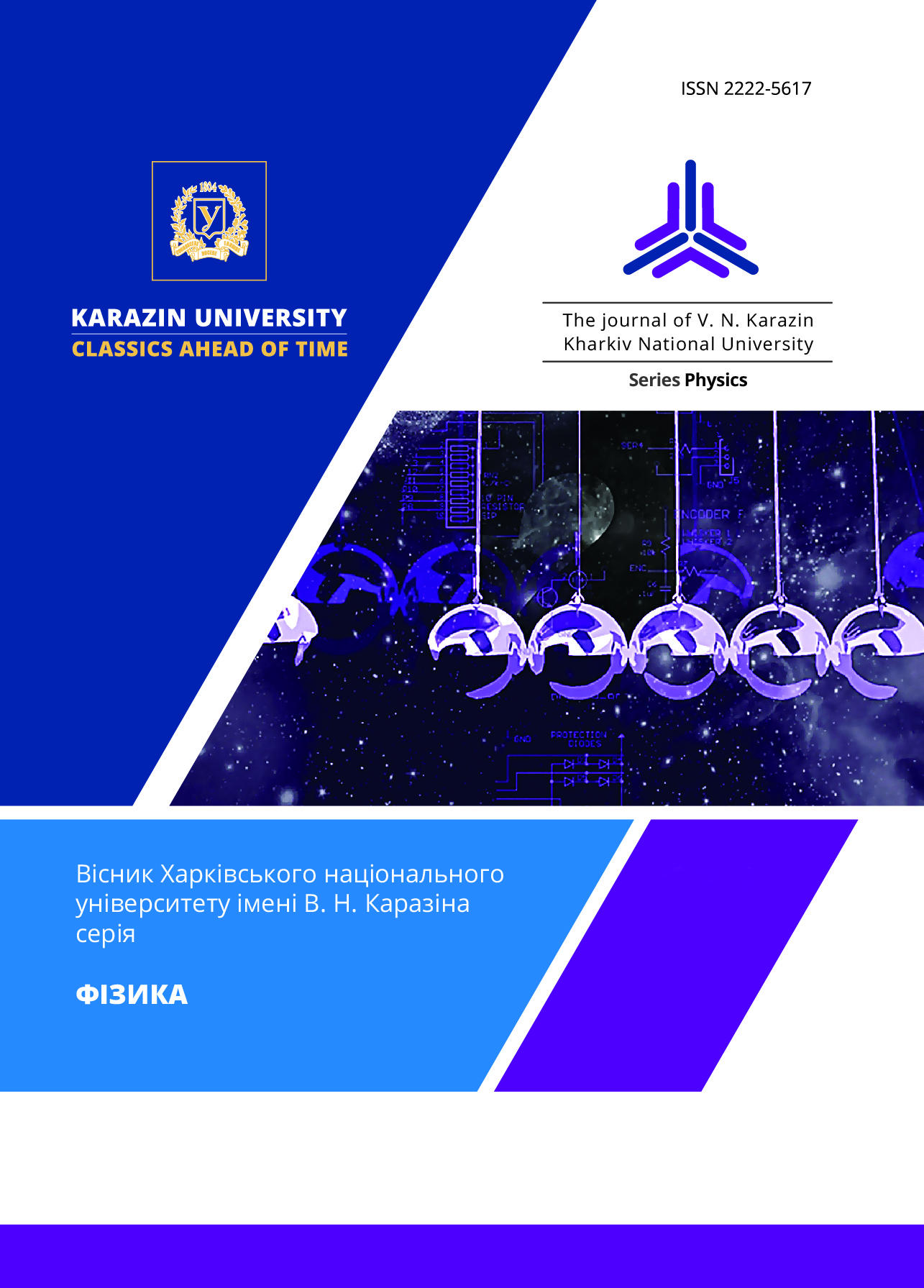The influence of phonon boundary scattering on the thermal conductivity of a two-dimensional noninteractive phonon system of nanosized structures
Abstract
One of the problems that arise when studying the thermal conductivity of low-dimensional phonon systems at low temperatures is the appearance of differences in expressions for the thermal conductivity as a function of sample size, as well as the appearance of unusual dependences of heat fluxes on temperature gradients. For example, in the generally accepted Casimir – Zaiman model, it is assumed that a linear temperature gradient is created on the lateral surface by external sources. Moreover, the Casimir model requires two conditions at the border. This is a diffuse reflection in which the phonon is reflected with an isotropic angular distribution function. The second condition is the presence of redistribution of phonons by energy, so that the distribution of reflected phonons corresponds to the radiation of an absolutely black body - that is, the reflection of phonons must be inelastic. And if the first condition can be achieved, for example, by boundaries with a certain degree of roughness, the second condition can be achieved only in the presence of thermal contact between the side edges of the sample and the thermal medium at a certain temperature distribution. In the case of thermally insulated sample boundaries (for example, when the sample is in vacuum) or at least with imperfect thermal contact, the fulfillment of the second condition is practically impossible.In this paper, we consider the problem of thermal conductivity of two-dimensional nanostructures - nanobands - in the temperature range, when the interaction between phonons can be neglected. In this ballistic mode, heat fluxes can be limited only by the interaction of phonons with the sample boundaries. A number of types of interaction of phonons with the boundaries of two-dimensional samples are considered: absorption at the boundary, finite number of reflections, absorption inside the sample on defects, impurities, etc. Explicit expressions of thermal conductivity in these cases are derived. Interpolation relations are obtained, which generalize the existing expressions of thermal conductivity in the case of mirror reflection and reflection with losses.
Downloads
References
H. B. G. Casimir, Note on the conduction of heat in crystals, Physica V, no 6, 1938.
Tom Klitsner, J. E. VanCleve, Henry E. Fischer, and R. O. Pohl, Phonon radiative heat transfer and surface scattering, Physical Review B Volume 38, Number 11, 1988-I.
Humphrey J. Maris, Heat flow in nanostructures in the Casimir regime, Phys. Rev. B 85, 054304 (2012).
Jay Amrit, Konstantin Nemchenko, and Tatiana Vikhtinskaya, Effect of diffuse phonon boundary scattering on heat flow J. Appl. Phys. 129, 085105 (2021).








3.gif)
